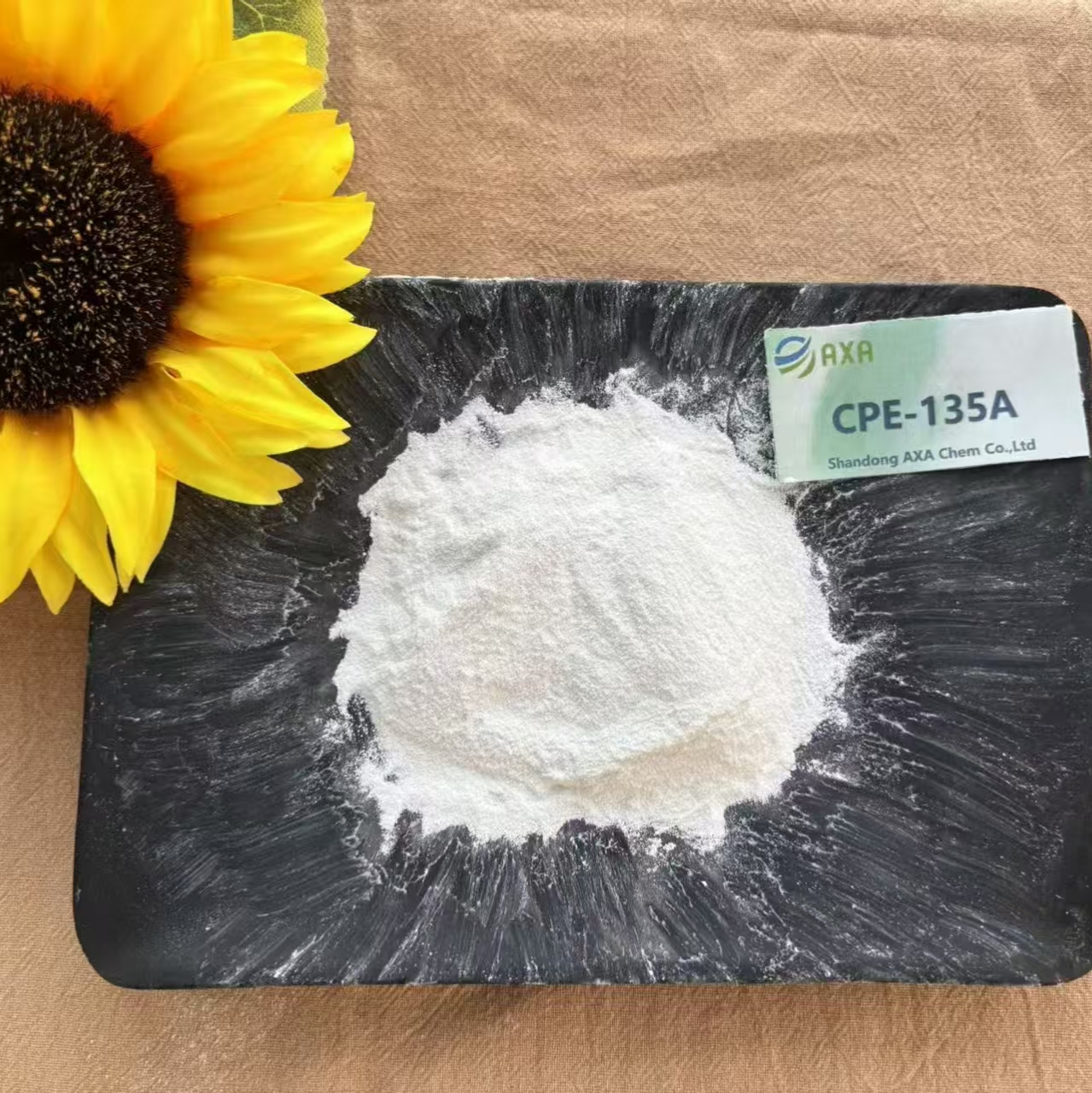Solvent selection aspect
Chlorinated polyethylene is soluble in solvents such as toluene or xylene. The ester solubility is improved by dissolving esters such as butyl acetate or PMA (propylene glycol methyl ether acetate). Polar solvents such as methanol and ethanol can also interact with the chlorine atoms in chlorinated polyethylene molecules to promote their dissolution. This is because chlorinated polyethylene molecules have chlorine atoms on their chains, and polar solvents can interact well with them.
Other factors affecting dissolution and related operations
Chlorination degree: The higher the chlorination degree of chlorinated polyethylene, the higher its solubility usually increases accordingly, so chlorinated polyethylene with high chlorination degree may be relatively easier to dissolve.
Temperature: Generally speaking, as the temperature increases, the solubility of chlorinated polyethylene in the solvent also increases. Raising the temperature can help accelerate the dissolution rate, as high temperatures can promote the movement of polymer chains, thereby accelerating the interaction with solvents. However, safety should be taken into account during operation to prevent accidents such as burns (refer to the influence of temperature on the dissolution of similar polymer materials such as polyvinyl alcohol).
Stirring (refer to the operation when dissolving similar materials): Although the role of stirring during the dissolution of chlorinated polyethylene is not explicitly mentioned, from the perspective of the dissolution of similar polymer materials, stirring helps promote mixing with solvents, reduce local concentration differences, and accelerate the dissolution process. When adding chlorinated polyethylene powder to the solvent, stirring can be started simultaneously to promote dissolution.
Dissolution time: To ensure complete dissolution of chlorinated polyethylene, sufficient time is required, just as polyvinyl alcohol requires sufficient time for dissolution. However, the specific time may need to be determined based on various factors such as the actual amount of chlorinated polyethylene, the amount of solvent, and temperature.
Post time: Jan-09-2025





